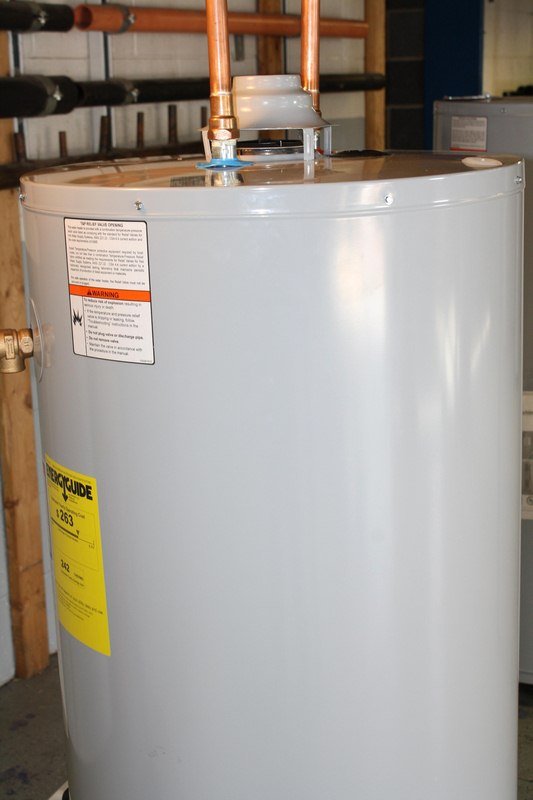Table of Contents Show
Even the most durable water heater requires regular maintenance so you can get the most out of it. While your water heater may be underappreciated, it has an important function in everyone’s home.
Once it starts to malfunction, people will experience inconvenience especially when it comes to taking a shower. Instead of having access to hot water, you will end up having cold water.
Although some problems with your water heater can be done on your own, it is recommended that you hire a water heater repair Plano professional for the job. Your unit will continue to supply hot water for many years to come if you follow these maintenance tips:

Read Also:
- Top 5 Reasons Having a Solar Water Heater in Your Home is Good for Us and the Planet
- The Advantages of a Tankless Water Heater, Are They Worth the Installation Cost?
- Tips to Choose the Professionals for Hot Water Heater Repair Service
- Water Heater Installation – Three Important Things to Remember
- Out Cold: 5 Warning Signs Your Home Needs a New Heater
Test Your Pressure Valve
Your water heater contains a valve which is vital to ensuring that your unit does not blow up due to excessive pressure. The valve opens so it releases the pressure preventing the tank from exploding. With these steps, you will be able to know if your valve is still working properly.
Before performing these steps, you need to wear protective clothing. Start by turning off the electricity of your water heater.
The gas supply should also be set to pilot. You will need to shut off the cold water which goes into your water heater. Then, place a container or bucket under the pressure valve as a way of catching the water during testing.
Finally, locate the trip lever of your valve for opening it. The indicator that your valve is working is when you see water and vapor exit through the pressure valve. If you do not see water coming out or if it leaks, this means that you should consider replacing the pressure relief valve.
Check the Anode Rod
Whether you have an electric or gas water heater, you should take the time to inspect the anode rod. The rod can attract minerals which can cause corrosion to prevent rust from developing on your tank.
The anode rod needs replacement every five years to extend the life expectancy of your water heater. You will know if your anode rod is deteriorating by inspecting it regularly.
Turn off the gas or power to your water heater before doing an inspection. You will need to shut off the valve as well. Then, open the hot water faucet in your house. You have to attach a hose to your drain cock for you to drain some water on the tank.
Next, open the pressure valve to drain gallons of water. If you see orange water coming out of your tank, this may not raise concern unless the water is accompanied by rust flakes. If you see rust flakes, you will need to find a replacement for your water heater.
The anode rod may have varying locations. You can check your manual to know its exact location. If you are unable to find the original manual, there are online sources you can check. You will need some special tools for the process.
If you have a five-year-old tank, you can expect the rod to be coated with calcium. Replacement is an option if you have never replaced your rod before. You will need to hire a professional for reinstalling your anode.
Flush Tank Every Year
Another way of making sure that your water heater is in good condition for years to come is by flushing the tank every year. Whether you have a tankless or traditional water heater, you need to get rid of sediment buildup by flushing the tank. Flushing also prevents rust.
When flushing the tank, you have to turn off the cold water supply and electricity of your water heater. The hot water faucet needs to be turned on. You also have to trip the pressure valve and use a bucket or hose for flushing the water out of your tank. Do this until the water is clear and sediment-free.
Clean the Filter
Your sediment filter needs cleaning so you can prevent dirt and debris from working their way into your unit. If you do not know where the filter is, remove the faceplate to locate it or refer to the manual. Clean the filter thoroughly with water. Dry it off using paper towels or a clean cloth. The filter needs to be completely dried before reinstalling it.
These steps can help you extend the life expectancy of your water heater. However, you should not attempt to implement these maintenance steps yourself as you need to hand them over to professionals like Classic Plumbing. They will check your water heater for any corrosion, leaks, or other issues.









